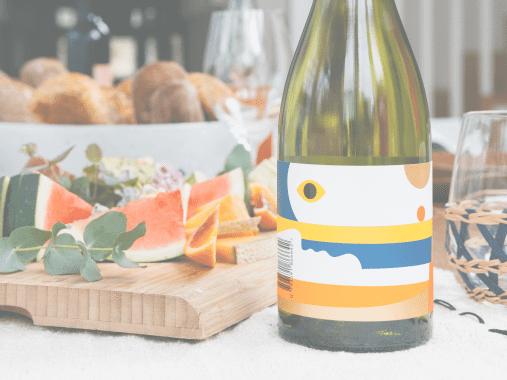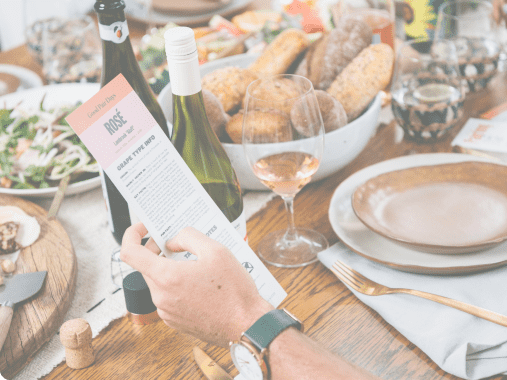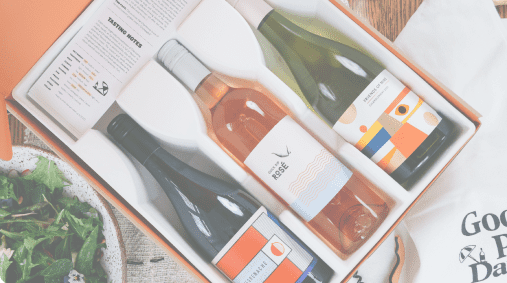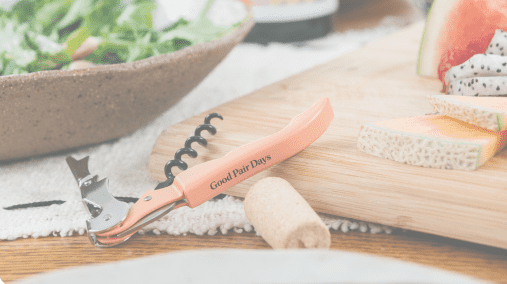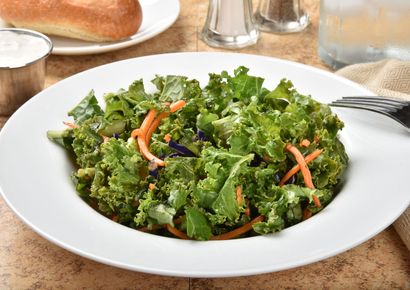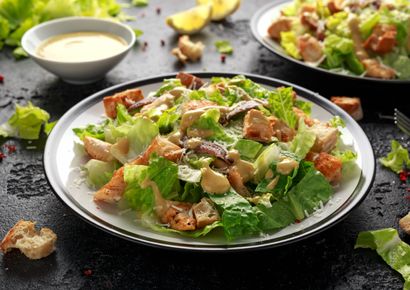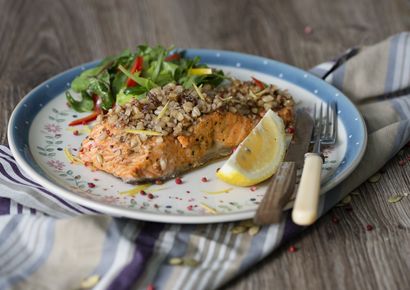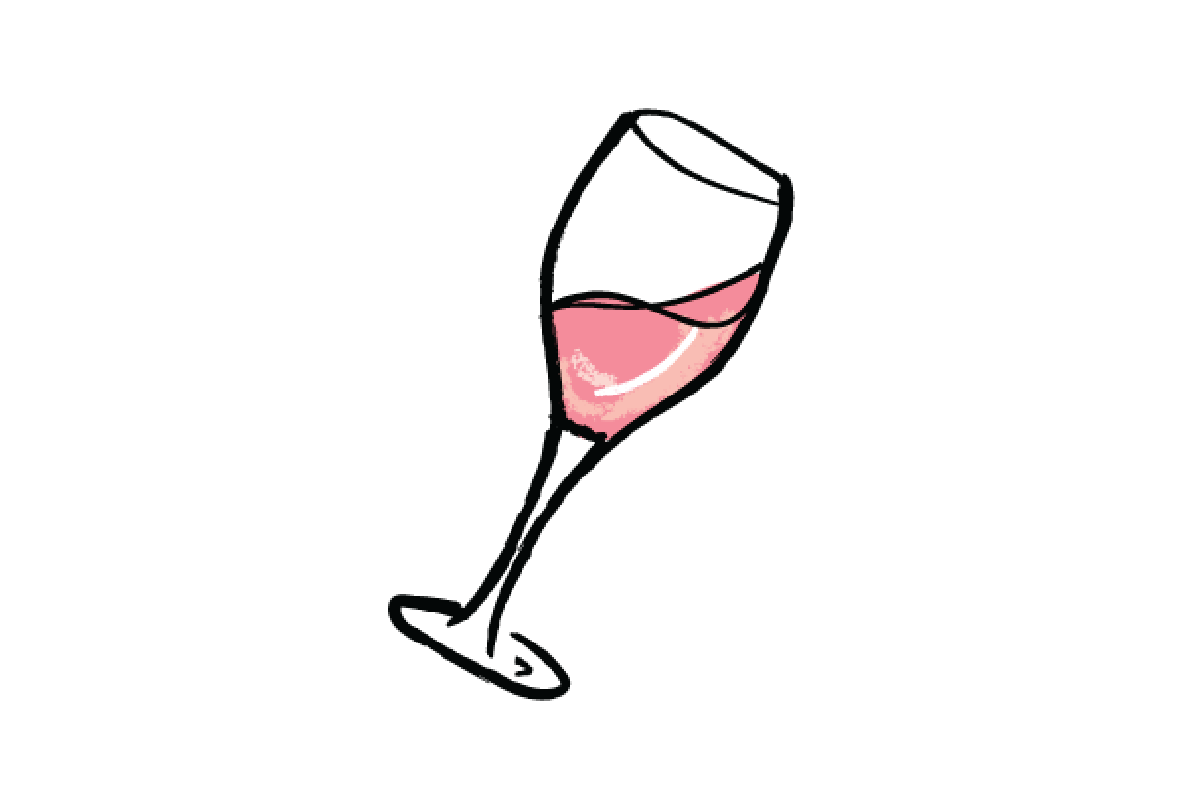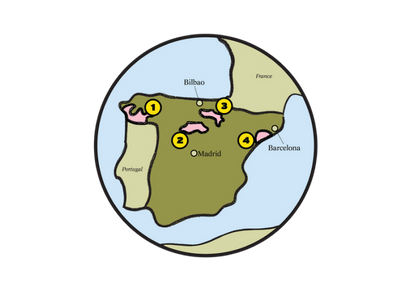

You're on our UK site. Are you sure you want to continue?
Borgia Rosé 2023
Primary flavours

Berries

Cherry

Cranberry

Herbs

Savoury
Details
This is a pretty classic Spanish pink wine with lovely fresh notes of cranberry, and raspberry that combine with a slither of herbal character. This is lean, fresh and an easy-sipper with plenty of personality.
Origin: The spiritual home of rosé is Provence, in Southern France. Mainly Grown In: Rosé is found all over the world these days, but coastal regions are especially well suited to the growing of red grapes for rosé. Key Facts: Rosé is predominantly made from red grape varieties. The colour of the wine is actually from pigments found in the skins of the grapes, so even red grapes have clear-coloured juice. The colour is then ‘bled’ out of the skins by infusing the skins into the juice. So for rosé, the wine simply spends far less time hanging out with the skins! Rarely you will find a rosé that is a combo of white and red grapes – they’re not ‘less good’, just less common. Rosé is super versatile – it suits any occasion. Best to always have a bottle in the fridge, just in case, you know… Wednesday happens or something. Fun Fact: In France it’s called Rosé, in Italy they’re called Rosato, and in Spain it’s Rosado.
Origin: The spiritual home of rosé is Provence, in Southern France. Mainly Grown In: Rosé is found all over the world these days, but coastal regions are especially well suited to the growing of red grapes for rosé. Key Facts: Rosé is predominantly made from red grape varieties. The colour of the wine is actually from pigments found in the skins of the grapes, so even red grapes have clear-coloured juice. The colour is then ‘bled’ out of the skins by infusing the skins into the juice. So for rosé, the wine simply spends far less time hanging out with the skins! Rarely you will find a rosé that is a combo of white and red grapes – they’re not ‘less good’, just less common. Rosé is super versatile – it suits any occasion. Best to always have a bottle in the fridge, just in case, you know… Wednesday happens or something. Fun Fact: In France it’s called Rosé, in Italy they’re called Rosato, and in Spain it’s Rosado.
Read more
Taste Profile
This wine’s tasting notes.
Sweetness

lowmediumhigh
Body

lightmediumfull
Fruitiness

nonesomelots
Tannins

lowmediumhigh
Acidity

lowmediumhigh
Oak

nonesomelots
Alcohol

low
(under 12%)medium
(12-14%)high
(14%+)
Taste Summary
This wine’s tasting notes are leaning towards medium bodied, low sweetness, with medium acidity, some fruitiness, low tannins, medium alcohol and no oak.
Specs
Region
Campo de Borja
country
Spain
Grape type
Rosé
Wine Maker
Borgia
Alcohol
13%
Vintage
2023
Cellar period
1-3 years
Closure
Screw Cap
Production method
Conventionally Made
State
North Eastern Spain
Pairing guide
A beautiful Spanish rosé, this pink wine is a fantastic example of a top-notch summertime bottle. We love how it pairs with barbecued pork and chicken, as well as with Iberian classics like paella, tapas, grilled sardines and charcuterie like jamon serrano and chorizo. It’s a superb wine to pair with salmon, especially if cooked with cherry tomatoes and olives, and will work very well with aromatic Asian tofu and seitan dishes, too.
Read more
Food

BBQ

Hot & Spicy

Aperitif

Pizza

Antipasto
Tastes

Crisp

Creamy
Moods

Bored

Always A Winner
Seasons
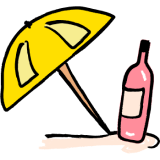
Summer

Cooler Months
Recipe Matches
Wine region
Campo de Borja, Spain
Campo de Borja is a DO wine zone (Determined region) in Aragon, northeastern Spain. This Borja is a proper dry region situated south of the Ebro River and north of La Huecha River. Here Grenache/Garnacha is king, colloquially known as El Imperio de la Garnacha (the Empire of Garnacha). Overall Campo de Borja wines are characterized by their bold, full-bodied profiles, concentrated and very aromatic. But pay attention to elevation!
Campo de Borja’s low-lying areas are Pozuelo de Aragon and Magallon at 350–450m; these are the warmest, producing early ripening Garnacha that is bold fruity and relatively high in ABV. The middle elevations between 450–550m have iron-rich clay, and the grapes grown here produce characterful and intense wines with plenty of structure. The highest vineyards, on the slopes of the Moncayo, sit around 550m; the terrain here is stony, rich in iron and lime. It’s nice and cool at this altitude; the wines here are a little more finessed, subtly detailed and balanced.
Read more









